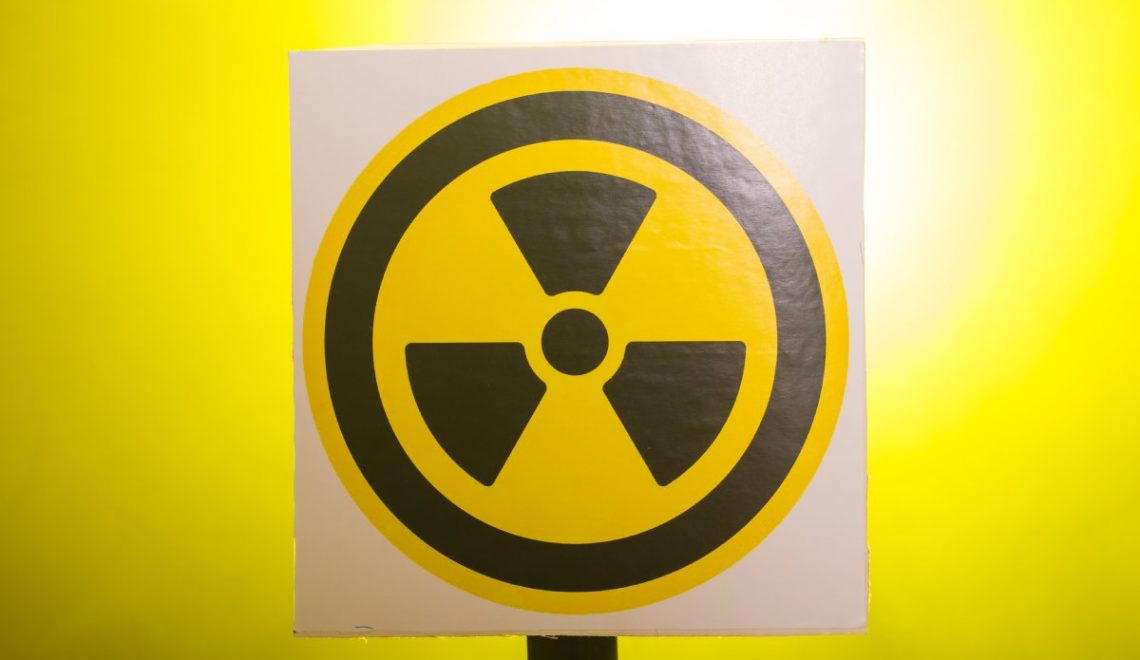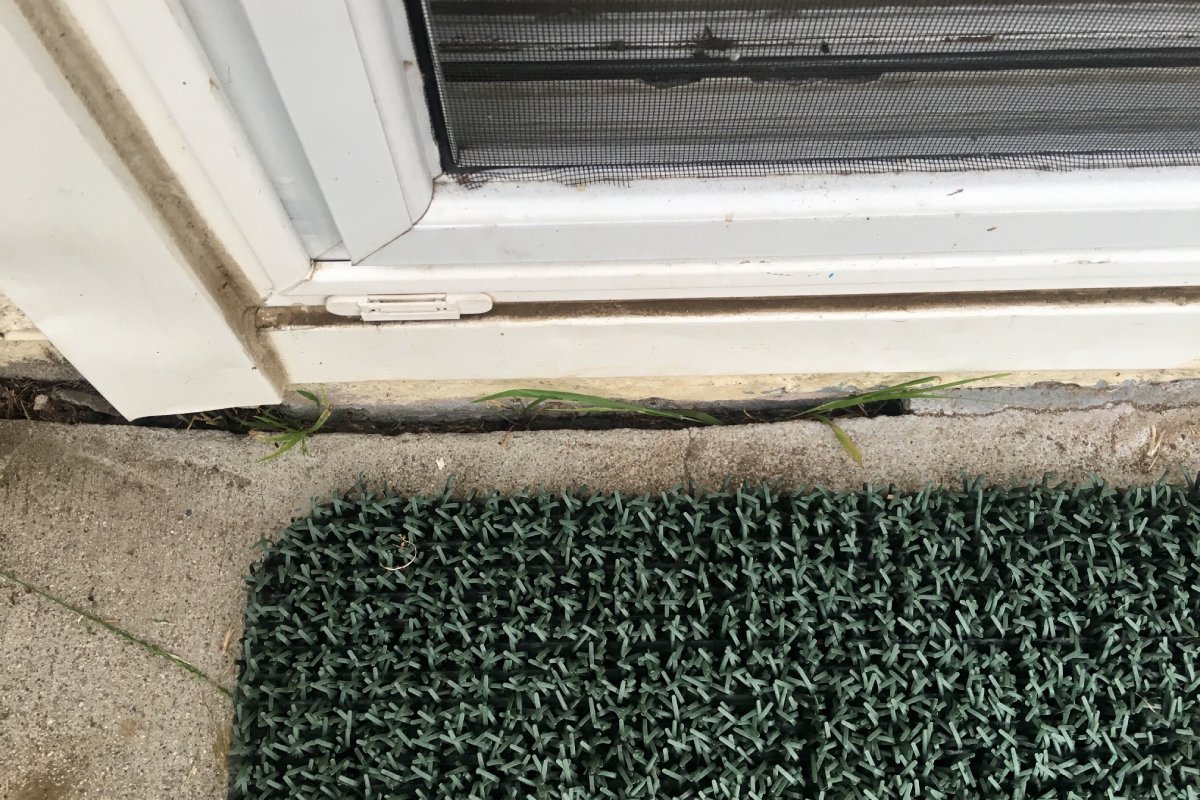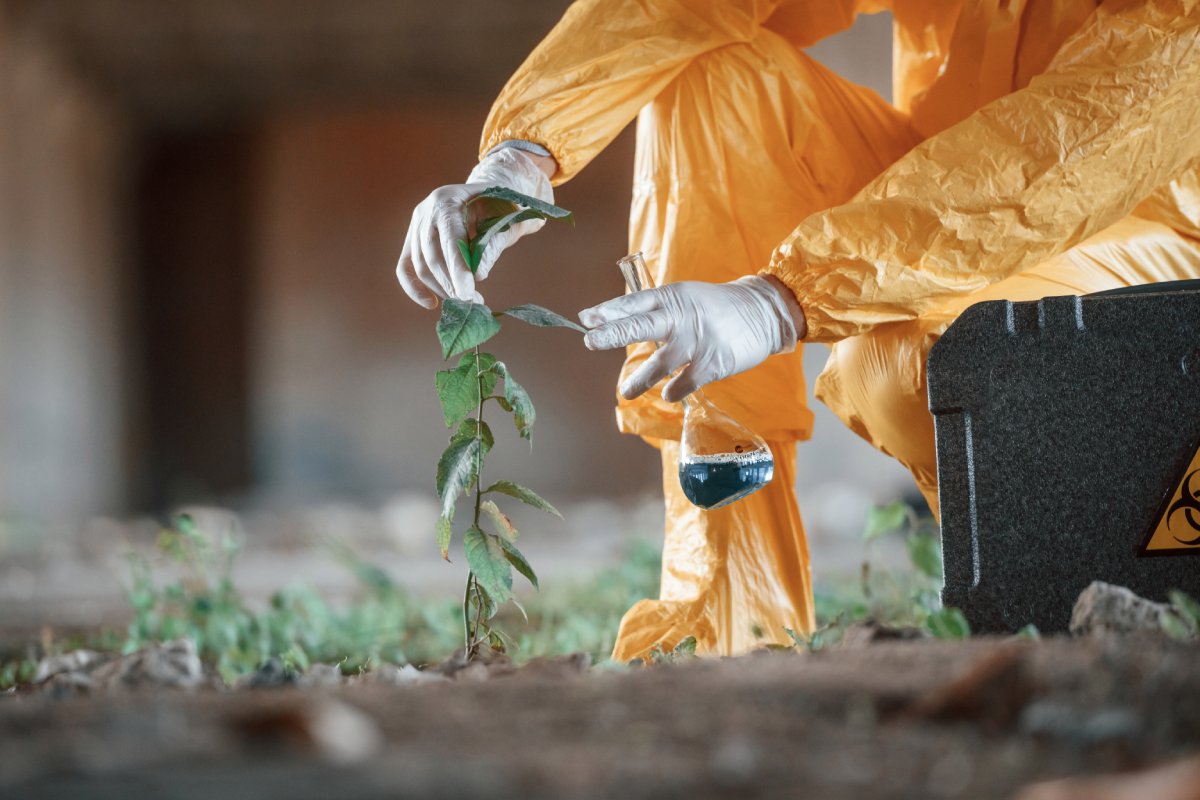
Radon, a naturally occurring gas produced by the decay of uranium and thorium in the soil, rock, and water, has become a pressing concern in recent years as more people are becoming aware of its dangers.
This odourless and tasteless gas can accumulate in indoor spaces, causing serious health risks to those exposed to it over an extended period of time. In fact, radon is the second leading cause of lung cancer, responsible for thousands of deaths each year.
With the COVID-19 pandemic keeping many people at home for extended periods of time, it is more important than ever to understand radon, where it is commonly found, and how to get rid of it.
What is radon?
Radon is a naturally occurring, colourless, odourless, and tasteless radioactive gas that is produced from the decay of uranium and thorium in the soil, rock, and water. It is found in the air we breathe and can seep into buildings through cracks in foundations, floors, and walls. Inhaling high levels of radon gas over an extended period of time can increase a person’s risk of developing lung cancer.
Radon is a scientifically proven health hazard. The Surgeon General of the United States has warned that radon is the second leading cause of lung cancer in the country and that it is estimated to cause approximately 21,000 lung cancer deaths each year. The Environmental Protection Agency (EPA) also recognizes radon as a health hazard and has set a recommended action level of 4 picocuries per litre (pCi/L) of air.

The link between radon exposure and lung cancer has been established through numerous studies and epidemiological research. The most comprehensive of these studies is the European Pooled Analysis, which combined data from several European studies and concluded that there is a statistically significant association between radon exposure and lung cancer.
In addition to epidemiological studies, laboratory studies have also shown that radon and its decay products can damage DNA and cause mutations that can lead to the development of lung cancer. The biological mechanism by which radon causes cancer has been well established and is recognised by both the World Health Organization (WHO) and the International Agency for Research on Cancer (IARC), which have classified radon as a Group 1 human carcinogen, meaning it is a known cause of cancer in humans.
Furthermore, besides homes and buildings, radon can also be found in drinking water and can pose a health risk if the water is not properly treated. The EPA recommends testing well water for radon if the home is served by a private well and the building is located in an area with high levels of radon.
Radon exposure is a serious health concern, but it is also a preventable one. By testing your home or building for radon and taking steps to reduce exposure, you can help protect yourself and your family from the dangers of this radioactive gas. If you are concerned about radon exposure in your home, contact a professional radon inspector or radon mitigation specialist to learn more about your options.
Where is radon most commonly found?
Radon is a naturally occurring gas that is found all over the world, but its levels and concentration can vary depending on several factors, including the location, geology, and local conditions. In general, radon is most commonly found in areas with high levels of uranium and thorium in the soil, rock, and water.
One of the most commonly affected areas is the Appalachian region of the United States, where radon levels are often elevated due to the presence of high levels of uranium in the soil. In this region, radon levels in homes and buildings can be several times higher than the EPA’s recommended action level of 4 picocuries per litre (pCi/L) of air.
Radon can also be found in other areas with high levels of natural radioactivity, such as parts of the Midwest and the Rocky Mountains. In these areas, radon levels can be elevated in both homes and buildings, as well as in well water.

In addition to its presence in soil and rock, radon can also be found in water sources, such as wells, springs, and underground aquifers. In these cases, radon can enter homes and buildings through the water supply, increasing the risk of exposure.
Radon levels can also be affected by local weather conditions, such as changes in air pressure, temperature, and humidity, which can cause fluctuations in the levels of radon in indoor air. For this reason, it is important to regularly test for radon levels in homes and buildings, especially in areas where radon levels are known to be elevated.
Overall, radon is a widespread gas that can be found in many different parts of the world, and its presence can vary greatly depending on local conditions. To reduce the risk of exposure, it is important to regularly test homes and buildings for radon, especially in areas where radon levels are known to be elevated.
How do you get rid of radon?
Getting rid of radon in a building is a process that requires professional evaluation and intervention. There are several methods for reducing radon levels in indoor air, including:

- Sealing cracks and other openings in the foundation, floors, and walls: Sealing these openings can help prevent radon from seeping into a building, especially if the cracks are located in the basement or crawlspace. If you found the radon crack, first clean the surface to ensure a smooth surface for sealant, then use high-grade paint, silicone, or urethane caulk to fill the crack. After finishing, remember to test for radon every time to determine if the sealing was effective or not.
- Installing a ventilation system: Installing a ventilation system, such as an active sub-slab depressurization system, can help reduce radon levels by removing radon-contaminated air from below the building’s foundation and expelling it outdoors.
- Increasing airflow: Increasing airflow by opening windows, using exhaust fans, or installing a heat recovery ventilator can help reduce radon levels by diluting the radon-contaminated air.
- Treating drinking water: If radon is present in drinking water, it can be treated through aeration, activated carbon filtration, or ion exchange.
- Relocating: In some cases, the only way to effectively eliminate radon exposure may be to relocate to a different building with lower radon levels.
It is important to remember that no single method for reducing radon levels is guaranteed to be effective in every situation, and a combination of methods may be required to effectively reduce exposure. The most effective method for reducing radon levels will depend on the specific conditions in a building, including its location, geology, and the presence of other factors that can affect radon levels, such as the type of heating and cooling system, and the presence of radon-emitting building materials.
Reducing radon levels in a building requires professional evaluation and intervention, and it is important to work with a qualified radon inspector or radon mitigation specialist to determine the best course of action. By taking steps to reduce radon exposure, you can help protect yourself and your family from the dangers of this radioactive gas.
Conclusion
In conclusion, radon is a dangerous gas that can be found all over the world and is particularly prevalent in areas with high levels of uranium and thorium in the soil and water. To reduce the risk of exposure, it is important to regularly test homes and buildings for radon levels and to take steps to reduce exposure if levels are elevated.
Effective methods for reducing radon levels include sealing cracks and openings, installing a ventilation system, increasing air flow, treating drinking water, and in some cases, relocating to a different building.
Professional evaluation and intervention are necessary to effectively reduce radon levels, and working with a qualified inspector or mitigation specialist is essential. By taking these steps, you can help protect yourself and your family from the dangers of radon, especially during these times when we are spending more time indoors.

